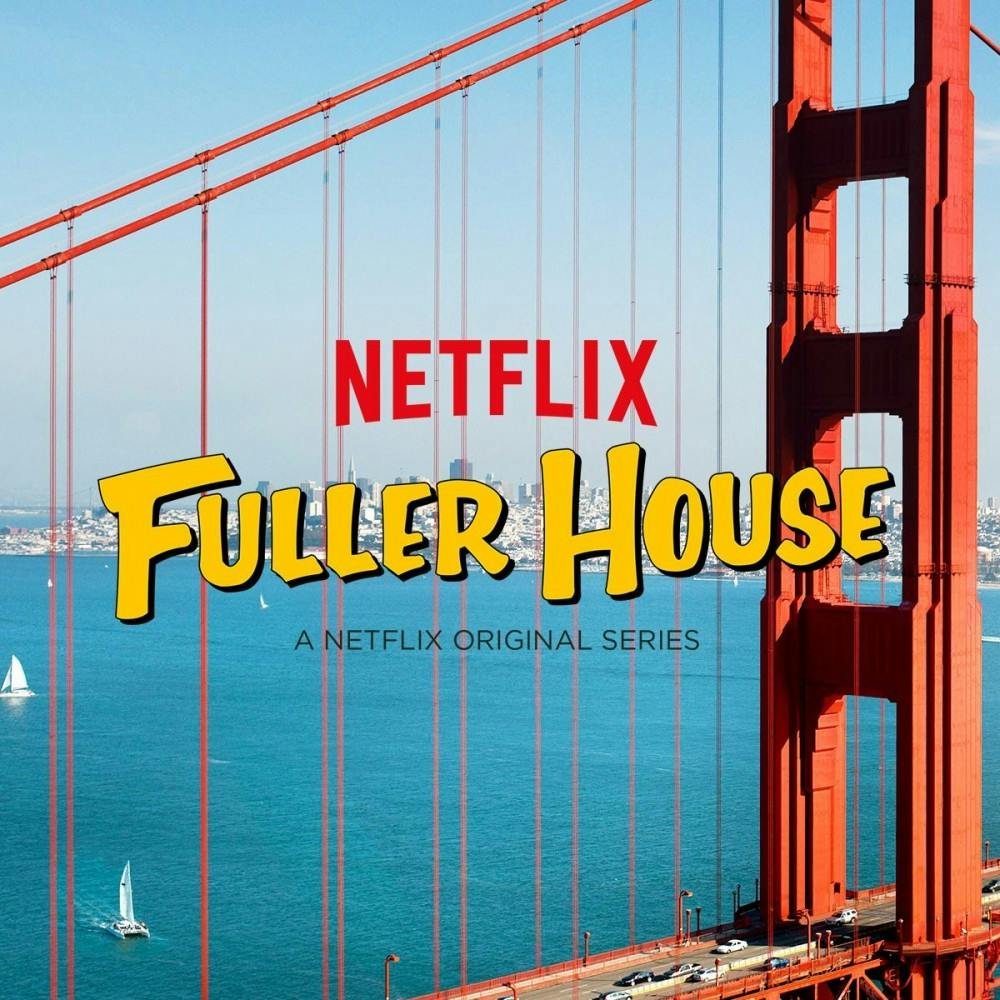The “Full House” theme song faithfully asked audiences “Whatever happened to predictability?” from 1987-1995, but the episode following the song always seemed to answer.
Netflix released the first half of the third season of “Fuller House,” the 2016 sequel series, this past Friday, and now it’s asking its audience the same question — “Whatever happened to predictability?” But when it comes to “Fuller House,” there really is none.
The original “Full House,” a family sitcom about three male best friends trying to raise three little girls, was wildly successful at the time and continued to air its reruns throughout the early 2000s — every adult under 30 who grew up with a television can tell you how much Uncle Jesse (John Stamos) loves his hair.
But any grown-up who dares to rewatch “Full House” today will be disappointed. Besides the fact that it’s dated, the show is predictable, repetitive and formulaic with an unbearably loud laugh track. At its core, it was an arguably mediocre children’s show, and re-watching the original “Full House” is actually more painful than anything “Fuller House” can put you through.
The new series follows DJ Tanner-Fuller (Candace Cameron-Burre) — with the help of her sister Stephanie (Jodie Sweetin) and best friend Kimmy (Andrea Barber) — raising her three sons after the death of her husband. The children are capable actors, but it’s really the adults who make the show what it is.
The season starts with a catchy original musical number, the first choreographed dance of many in the nine-episode half-season. The show goes on to feature bizarre yet hilarious plots about horses, ghosts, adolescent hickeys, karaoke and outrageous shenanigans on a hibachi grill.
But before it’s dismissed as childish and immature, the third season of “Fuller House” tackles some real-life issues that a lot of sitcoms are afraid to touch. There’s infertility, bankruptcy, divorce, mental health, fear of challenging gender norms, adoption, death and of course heartbreak — a lot of it.
It may be unrealistic, but “Fuller House” uses far-reaching plots, like the construction of a frozen yogurt shop in Kimmy’s daughter’s bedroom, to portray the very real family dynamic of separated parents competing for the attention of their daughter.
Perhaps the worst flaw in “Fuller House” is that it attempts to appeal to everyone, forgetting that no humor can be universal. It’s probably not the binge-able show of the average millennial college student, who is neither the 13-year-old with the hickey nor the parent who is angry about it. But it is a binge-able show for ‘80s kids now with kids of their own. By discussing more serious issues in its third season, “Fuller House,” has grown up with its original fan base while still being accessible to their children.
Like a lot of Netflix series, “Fuller House” also seeks to be self-aware and doesn’t claim to be more than family situation-comedy. It is refreshingly unapologetic about its wince-inducing puns and occasional bathroom humor.
“Fuller House” also stays aware that it is a revival, and is not afraid to make fun of itself and its current state. There’s dramatic irony in the discussion of Netflix, Candace Cameron-Burre’s position on The View and of course, why baby Michelle won’t take a break from her fashion career to visit San Francisco.
But as “Fuller House” matures and breaks out of its “Full House” identity, it never fails to remember its origins. It relies on nostalgia perhaps more than it should — the uncles are always visiting, and memorable events like the fourth of July barbeque also return. The third season of “Fuller House” is less a parody and much more an homage to the original.
“Fuller House” had an impossible task of appealing to an audience who worshipped its predecessor. Many who hate it were poisoned against it from the start, or worse, haven’t even seen it, assuming it is a terrible revival. But to those who are open to watching, it exceeds expectations. The audience never quite knows what to expect with the third “Fuller House,” but those who stick with it won’t be disappointed.







